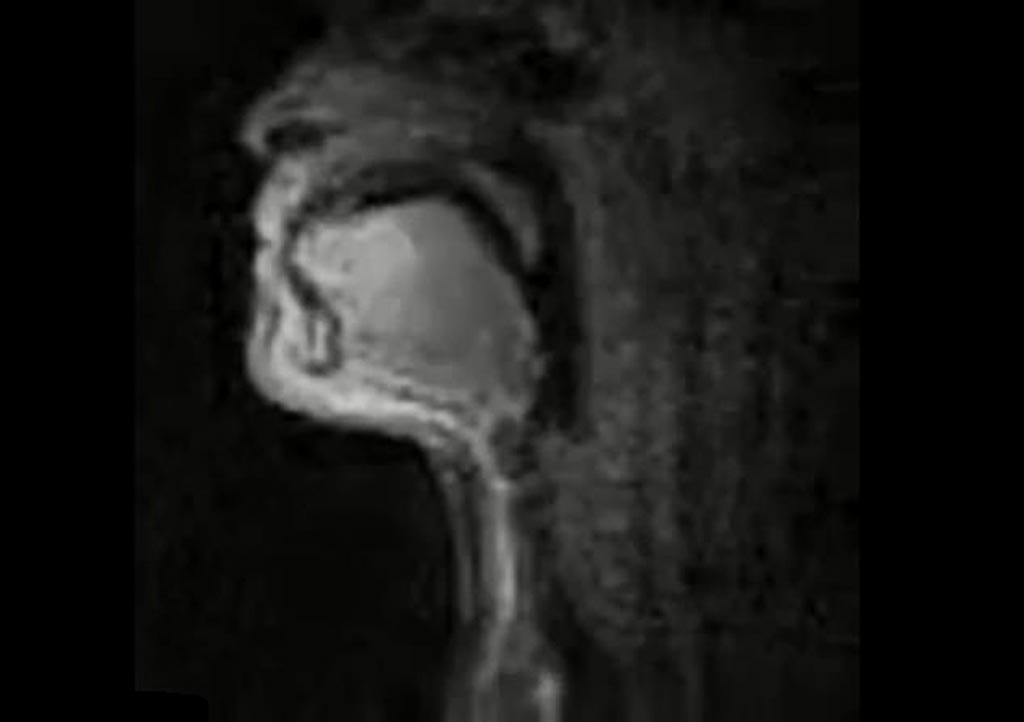Real-Time MRI Reveals How Beatboxers Produce Sound
By MedImaging International staff writers
Posted on 21 Nov 2018
A new study shows how real-time magnetic resonance imaging (MRI) can be used to understand how beatboxers produce percussion sounds.Posted on 21 Nov 2018
Researchers at the University of Southern California (USC; Los Angeles, USA) used real-time MRI data to observe the vocal tracts of beatboxers just before they make a sound. The MRI data provides a dynamic view of the entire midsagittal vocal tract at a frame rate high enough to observe the movement and coordination of critical articulators. The study evaluated beatboxers of different ages and genders, and with different native languages, in order to characterize different styles, using video signal processing to demystify the vocal mechanics.

Image: Real-time MRI shows how vocal chords move to create beatbox sounds (Photo courtesy of Timothy Greer/ UC Berkeley).
One of the main challenges for the researchers was to develop the algorithms they used to quantify the movement of the beatboxer's vocal tract. To do so, a linguist labeled all the various parts of the body involved in sound production, such as the tongue and the roof of the mouth. The algorithm then tracked the images of these various parts as they moved during the production of sound. The results showed that beatboxers can put together sounds that are not seen in any language. The study was presented at the Acoustical Society of America's 176th annual meeting, held during November 2018 in Victoria (Canada).
“Beatboxers may learn something different in preparing to make a sound than they do when they're talking. They can hear a sound like a snare drum and they can figure out what they need to do with their mouth to re-create it,” said lead author and study presenter PhD candidate Timothy Greer. “Using real-time MRI allows us to investigate the difference in the production of music and language and to see how the mind parses these different modalities.”
Beatboxing is a musical art form in which performers use their vocal tract to create percussive sounds such as clicks, kicks, rattles and trills. Sometimes beatboxers perform as a part of an ensemble, using their vocal tracts to provide beats for other musicians; other times, beatboxers perform alone, where they might sing and beatbox simultaneously or simply make sounds without singing.
Related Links:
University of Southern California














